Assume there are two boards with stm32 micro-controllers which are connected to each other with rs-485 (each board has a uart-to-rs485 transceiver). This is the connection diagram and the accessible ports:
I want to be able to re-program each board separately using rs-485 wires that are available. Using st system bootloader and boot0 pin is not an option because it requires changing the PCB and re-wiring the system.
So I need to write my own custom bootloader. What I intend to do is to separate the flash memory of the B-1 MCU into three parts:
- 20KB for bootloader
- 120KB for B-2 application (as kind of a buffer)
- 360KB for B-1 application (bootloader jumps to this part after finishing boot mode)
and for B-2, two partitions:
- 20KB for bootloader
- 100KB for main application
and using the UART interface of B-1, I can load the .hex files to the specified flash area and tell the MCU what to do with it (either use it as it's own main app or send it to B-2). Here is a brief algorithm for the bootloader:
// B1: starts from bootloader
for (5 seconds) {
// check for the boot command from UART
if (command received) {
// send boot and reset command to B-2 and receive ack
// start the boot mode
while (boot mode not aborted) {
// receive command packet containing address
if (command == header && address == B1) {
// prompt for the main .hex file and store it in B-1 partition
} else if (command == header && address == B2) {
// prompt for the main .hex file and store it in B-2 partition
// send header and the app to B-2 using rs-485 port
} else if (command == abort) {
break from while loop
}
}
} else {
// do nothing
}
}
// jump to main application
Now I have 2 concerns:
- Since there is no gpio connection between B-1 and B-2 to activate boot mode for B-2, is it possible for B-2 board to set a flag in flash memory outside of it's main application area to check for it and use it as a boot mode activation flag?
- Is it possible to write the stream of data directly from uart input to the flash memory area of each application? like this:
// Obviously this address is outside the flash area of the current bootloader running
uint8_t appAddress = B2_APP_FLASH_MEMORY_PARTITION_START_ADDRESS;
for (i from 0 to size_of_app) {
hal_uart_receive(&uartPort, appAddress + i, 1, timeout);
}
